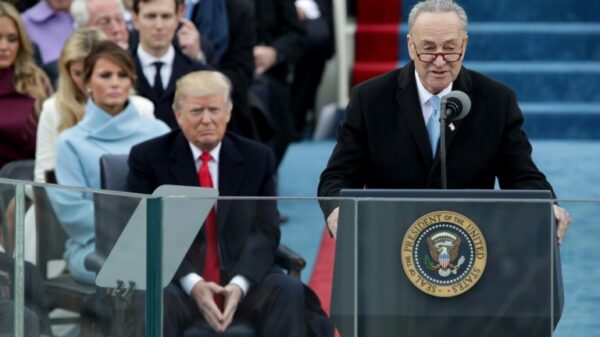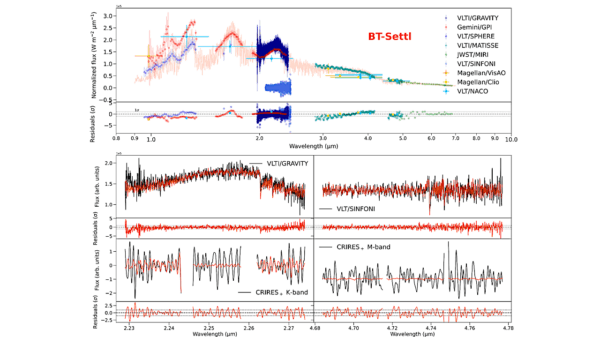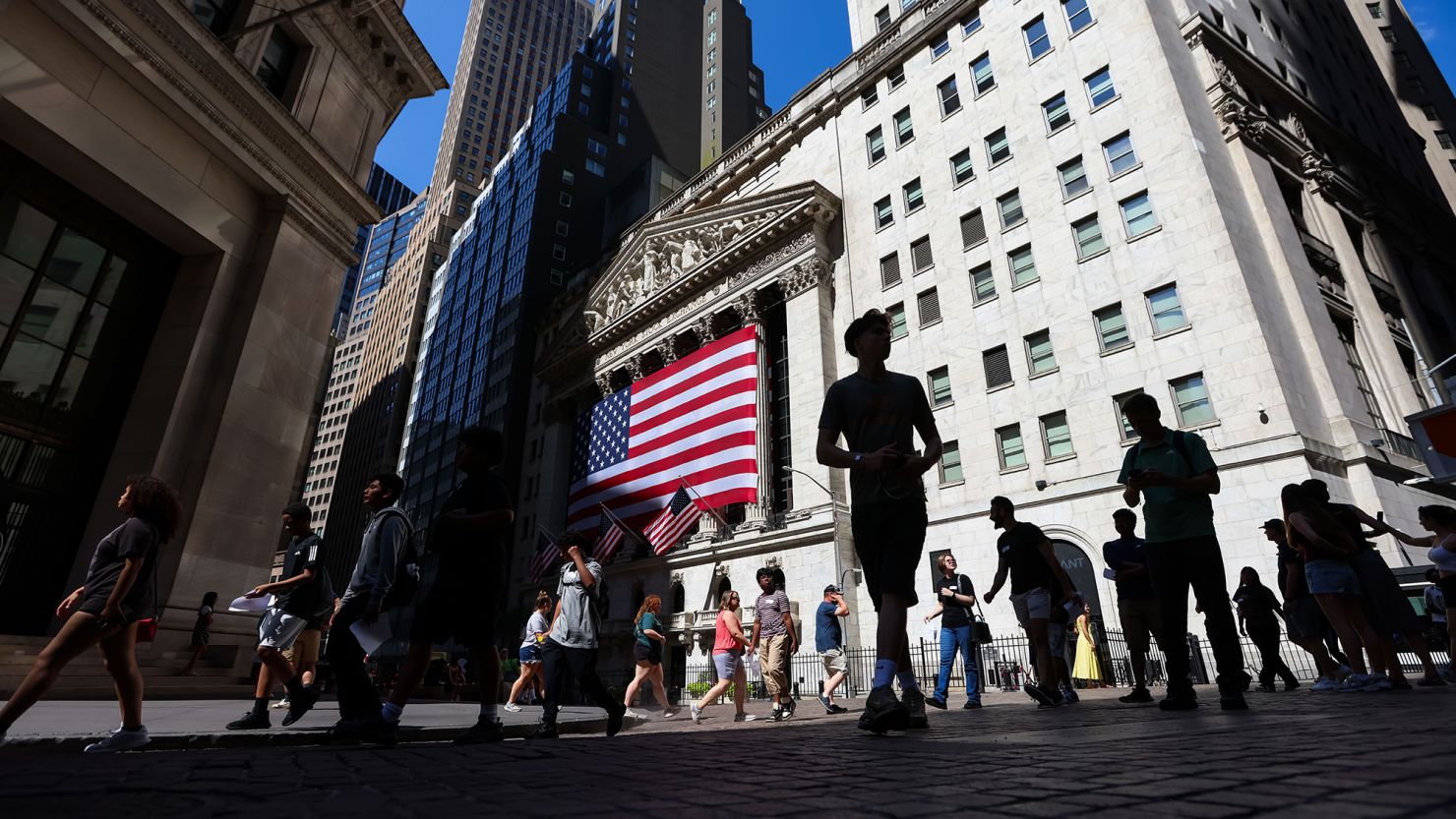The U.S. stock market shows remarkable resilience six months into President Donald Trump’s second term, as the S&P 500 has reached an all-time high, closing above 6,300 points for the first time. Despite ongoing trade tensions, geopolitical conflicts, and concerns over the Federal Reserve’s independence, the market has notched eight record highs in just one month. The current financial landscape presents an intriguing contrast to the early April downturn, when the S&P 500 was at its lowest level in over a year.
Investors have demonstrated a strong appetite for stocks, pushing the S&P 500 up by 5.2% since Trump took office. This upward trajectory follows a period of extreme volatility and uncertainty, particularly after the announcement of Trump’s initial “Liberation Day” tariffs. According to investment strategists Liz Ann Sonders and Kevin Gordon from Charles Schwab, the recovery in U.S. stocks may reflect the adage that bull markets often climb a “wall of worry.”
Despite the positive market sentiment, concerns linger as the August 1 deadline for potential tariff increases approaches. Thierry Wizman, a global FX and rates strategist at Macquarie Group, noted that the current market optimism hinges on the belief that any forthcoming tariff increases will not be permanent. The anticipation of possible trade agreements could be helping to prevent a more aggressive sell-off.
The recent performance of the S&P 500 has raised questions about whether the rally is genuinely supported by economic fundamentals, or if it masks underlying weaknesses. Jeff Buchbinder and Adam Turnquist from LPL Financial characterized the index’s rapid “V-shaped recovery” from its early April low as one of the most significant rebounds in stock market history.
Investors have shifted their focus towards momentum-driven trading, spurred by both the market recovery and a fear of missing out. Steve Sosnick, chief strategist at Interactive Brokers, pointed out that the rally has been fueled by expectations that tariffs may be postponed or renegotiated.
In parallel, the cryptocurrency market has also surged, with bitcoin recently hitting a record high of over $123,000. This increase coincides with legislative efforts by Republicans to regulate cryptocurrencies, as noted by economists at Capital Economics, who believe the U.S. economy will endure the ongoing global trade war, potentially allowing the S&P 500 to continue climbing.
Despite positive market indicators, Megan Horneman, chief investment officer at Verdence Capital Advisors, cautioned that stock valuations are historically high, and market participants may be complacent about inherent risks. The U.S. dollar has struggled, declining nearly 11% since Trump’s inauguration, while gold and silver have served as safe havens amid trade uncertainty, gaining 30% and 35% respectively this year.
The current rally has been significantly driven by retail investors, who have reportedly invested over $50 billion into global stocks in the past month. Venu Krishna, an equity strategist at Barclays, highlighted that institutional re-risking remains muted, indicating that individual investors have been pivotal in propelling the market higher.
As the August deadline approaches, the market’s reaction to Trump’s trade announcements will be closely monitored. Ethan Harris, a market observer and former economist at Bank of America, suggested that Trump’s aggressive trade policies serve to test market reactions and may lead to continued fluctuations. The upcoming weeks will reveal whether the stock market can maintain its momentum or if it will face challenges as uncertainties loom over international trade relations.


































































